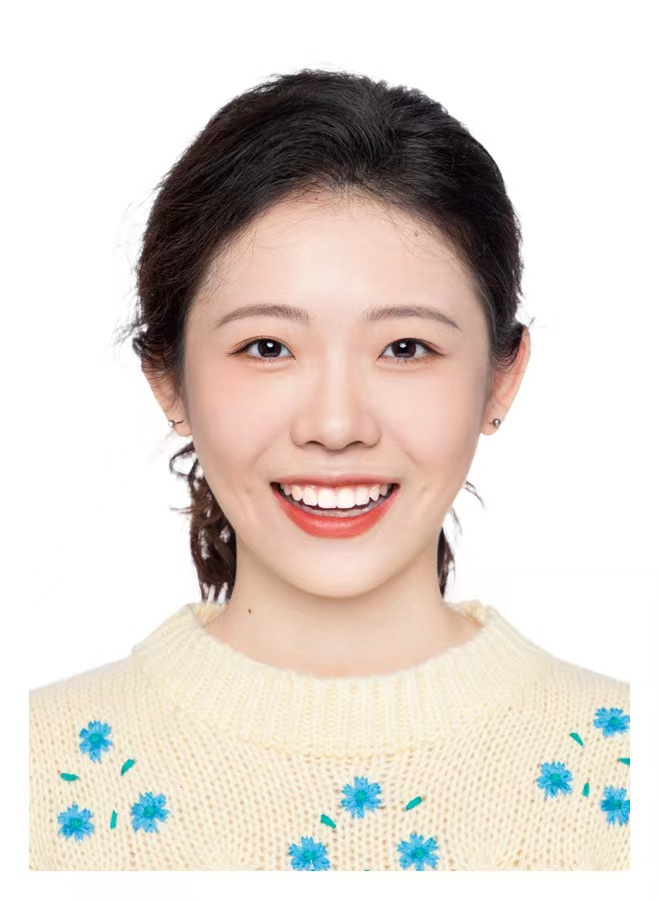Dimension-based retro-cue benefit in working memory does not require unfocused dimension removal
Published in Frontiers in Psychology, 2024
Introduction: Within the maintenance phase of visual working memory (VWM), previous researchers presented retro-cues orienting to a probed dimension across all multidimension stimuli and found a robust dimension-based retro-cue benefit (RCB): VWM performance for cued dimension was better than no/neutral-cue baseline. This improvement is often attributed to the prioritization of information related to the focused dimension and the removal of information related to the unfocused dimension from VWM. However, it remains unclear whether the removal of the uncued dimension is necessary to observe this dimension-based RCB. Methods: In the current study, we first manipulated the number of retro-cues to investigate this question. We used colored, oriented bars as stimuli and two sequential retro-cues oriented to different dimensions in the double-cue condition. The last presented cue in each trial was always valid. Therefore, the unfocused dimension in the first cue display was probed in double-cue trials. Experiment 1 adopted change detection tasks and three cue type conditions (no-cue, single-cue, double-cue). Experiment 2 divided the single-cue condition into early- and late- cue conditions, using recall tasks to elevated probe precision. Experiment 3 further added double-neutral and double-same cue types and eliminated the different influences of post-memory masks on each dimension respectively. Results: Results across these experiments showed a robust pattern of no worse performances for the double-cue condition than for the single-cue condition. Discussion: Because the dimension-based single cue benefit was observed especially in early-cue trials, we supposed that the dimension-based RCB does not require removing the unfocused dimension from VWM.
Recommended citation: Liu R, Guo L, Lin X, Nie D, Astikainen P and Ye C (2024) Dimension-based retro-cue benefit in working memory does not require unfocused dimension removal. Front. Psychol. 15:1433405. doi: 10.3389/fpsyg.2024.1433405 http://ruyil.github.io/Ruyi_Liu.github.io/paper/paper6.pdf
